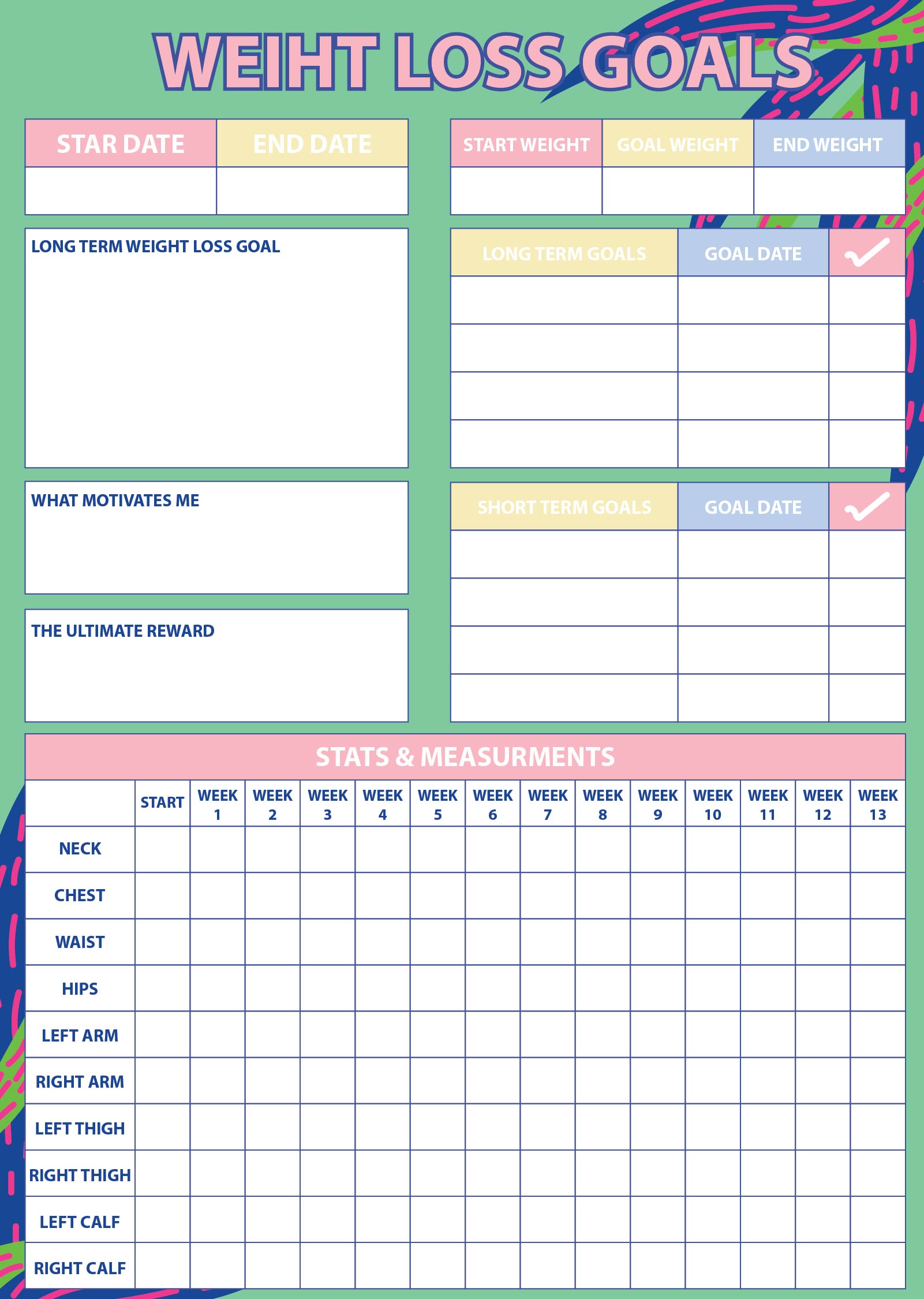

It wasn’t until I started to look back at my progress that I realized it was ‘worth it’. While I was on my fitness journey, I thought about quitting many times. Structured weight management programs should increase their efforts to engage patients and families at the initial visit and identify and address barriers to follow up.This tool is great for measuring your progress on your fitness journey. Patient retention remains a significant barrier to effective pediatric weight management. Of those patients who returned for at least a second visit, 70% demonstrated a reduction in or maintenance of body mass index z-score. Patients who were Hispanic, government-insured, and whose parent/s spoke Spanish were more likely to return to clinic. Only 53% of patients returned for a second visit, 29% returned for a third visit, and virtually none (0.5%) completed the recommended 6 visits within 6 months. care of 2089 patients aged 2-18 years presenting for an initial visit to 2 tertiary care-based, multidisciplinary structured weight management clinics. In this retrospective study conducted between January 2008 and December 2013, we examined variables associated with the. To determine service utilization and identify patient characteristics associated with service utilization in youth with obesity presenting for structured weight management, and to explore weight-related outcomes associated with service utilization. Should this intervention be successful, the materials and protocols can be distributed to other WIC programs in the nation. Results of this study are expected to document the impact of individual education on GWG and postpartum weight retention within the WIC setting. The intervention group will receive the individual education program and the control group will be a matched group of women from the same WIC site who gave birth in the months before the start of the intervention, therefore did not receive the intervention. This prospective cohort study compares two groups of pregnant WIC participants. Qualitative data collection with WIC participants and staff will be used to develop an individual education program that addresses proper diet and exercise during pregnancy and includes monthly weight gain guidance and monitoring by a nutritionist using a visual GWG tracker. knowledge of the best way to intervene is still lacking. Studies have shown that maternal obesity and excessive GWG lead to adverse health outcomes for the mother and her offspring, and intervention during pregnancy leads to improved outcomes. The goal of this study is to develop, pilot and evaluate a generalizable and sustainable intervention to prevent excessive gestational weight gain (GWG) among WIC participants in Southern California. Conclusion: We believe that this new innovative tool has the potential to impact a mother's well-being and give her an opportunity to optimize her health before a subsequent pregnancy. The Spanish-speaking group had several specific suggestions to make the instructions easier to understand. Results: Participants in both FGs expressed a strong interest in the PPWLT and reported a willingness to use the tracker if provided by WIC. The sample consisted of ten Latina women, with a mean age of 28.7 ± 5.06 years and a mean current Body Mass Index (BMI) of 32.8 ± 7.8. Transcripts were analyzed using the scissor-and-sort technique. All discussions were audio-recorded for transcription. Methods: Two FG discussions (English and Spanish) were conducted at a WIC clinic in Southern California. This article describes the creation and initial impressions of a PPWLT that were collected via focus groups (FG) discussions with WIC participants.

However, a postpartum weight-loss tracker (PPWLT) was yet to exist. Weight tracking has been found to help with weight management during pregnancy. Studies have also shown that resources dedicated to postpartum weight loss are scarce. Background and Purpose: Studies have shown that postpartum weight retention is a key contributor to obesity among women.


 0 kommentar(er)
0 kommentar(er)
